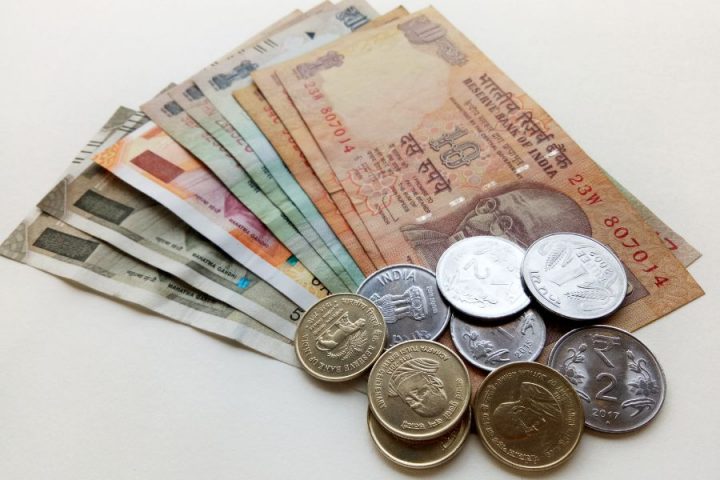This article gives an insight into the Indian currency market. You’ll learn about trading in the Indian rupee, the Reserve Bank of India’s recent interventions in the spot foreign exchange market, and the effects of the rupee’s depreciation on crude oil prices and interest rates. This article also offers insight into the current state of the Indian economy.
Trading in Indian Rupees
Trading in Indian rupees is an option for investors with an interest in the economy of India. It is a great way to make some money while minimizing the risks. As with any currency, the value of the INR varies from day to day, depending on many different market indicators, including supply and demand. The strength of the INR rises when demand is high and falls when supply is low. Traders can profit by making the right predictions and identifying important trends.
The Reserve Bank of India has introduced new arrangements for trading in Indian rupees. For example, Authorized Dealer banks in India can open Special Rupee Vostro Accounts with correspondent banks of partner trading countries. This allows exporters to invoice goods in INR and Indian importers to pay their exporters in INR.
Trading in the Indian rupee is similar to trading in any other currency pair, so it is important to have the right tools. You will need market trackers, indicators, and educational videos to help you make the right trading decisions.
Reserve Bank of India’s intervention in the spot foreign exchange market
The Reserve Bank of India’s intervention in the foreign exchange market is a key tool in managing the liquidity of the rupee. The central bank intervenes regularly in the spot foreign exchange market and has also increased its involvement in the forward contracts segment in recent years. This is done to manage the liquidity of the rupee when buying or selling dollars. The RBI’s forward position is a vast pile of buy contracts. Its forward position was down by $18 billion month-on-month in June, but still reflects a short dollar position.
The RBI’s forex intervention has increased to $73.7 billion in the current fiscal year. Bank of America Securities economists expect the central bank to intervene with $45 billion in fiscal years 2021-22. This has helped the RBI to build up foreign exchange reserves and as of January 15 it had $586.1 billion in foreign exchange reserves. The RBI’s intervention has also reduced OMOs and boosted banks’ HTM limits.
The RBI’s intervention has also helped to control the dollar’s strength, a key concern for the Indian economy. The US dollar’s surge has hit all major currencies, including the rupee. The RBI’s intervention has prevented the rupee from falling below this psychologically-important level. The RBI’s intervention in the spot foreign exchange market has also helped the rupee remain within a range of 80 against the US dollar, a psychologically important level that has been breached in over-the-counter markets. In addition, the Reserve Bank of India has increased the volume of foreign exchange transactions, which is a positive sign for the rupee.
Impact of rupee depreciation on interest rates
The depreciation of the rupee has several implications for interest rates. First of all, it makes the cost of loans higher. This is because of the inflated price of imported items. Imports include crude oil and gold. The higher the price of imports, the more the rupee depreciates.
The rupee depreciation has also adversely affected the Indian economy. The country’s current account deficit and trade deficit has increased due to the rise in the price of crude oil. The rupee has fallen by about 7% since the start of 2022. In addition, the rupee has depreciated against the dollar, which is damaging the country’s competitiveness. Therefore, the government must take steps to stabilize the currency, which is essential for macroeconomic stability.
Another way to minimize the adverse effect of the rupee’s depreciation is to invest in foreign exchange-denominated assets. This way, you’ll receive a higher return on your investments. If you are looking to make money from the currency market, investing in International Funds may be a good idea. This way, you’ll get exposure to foreign currencies and their appreciation.
